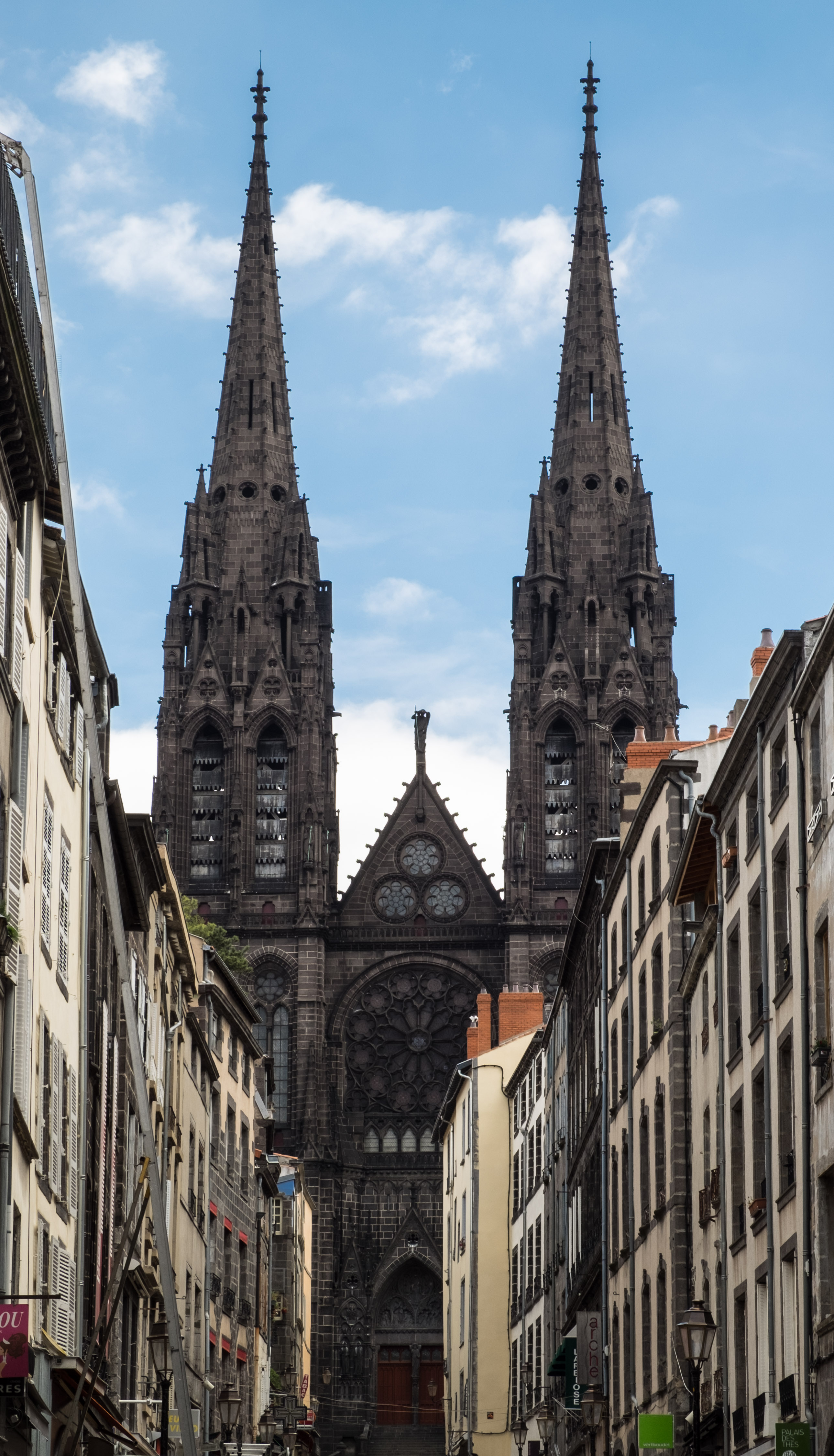The incredible thing about Blaise Pascal is… well, for me, almost everything. He was one of those extraordinary intellects who come along too rarely in history, but like Mozart, like Shelley and Keats, he died before he turned 40, leaving us to wonder what else he might have done if he’d lived longer.
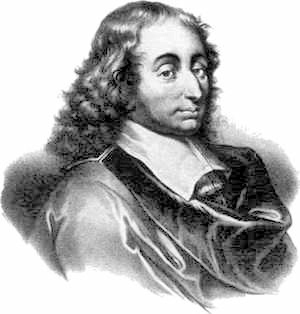
I first encountered him when, as a young professor of computer science, I was asked to teach a class on “Pascal”. In the 1980s it was a new, structured language for computer programming, a predecessor to some of the languages still used to write code.
It turned out that this very modern programming language was named for the 17th-century scientist and philosopher because, among his other inventions, he built the first real commercially distributed calculating machine in 1642.
The “Pascaline” could add, subtract, multiply and divide, and was good enough to be used in his father’s tax office; Louis XIV gave Pascal a royal “privilege” entitling him to make and sell the machine anywhere in France. And he built it…when he was 19 years old!
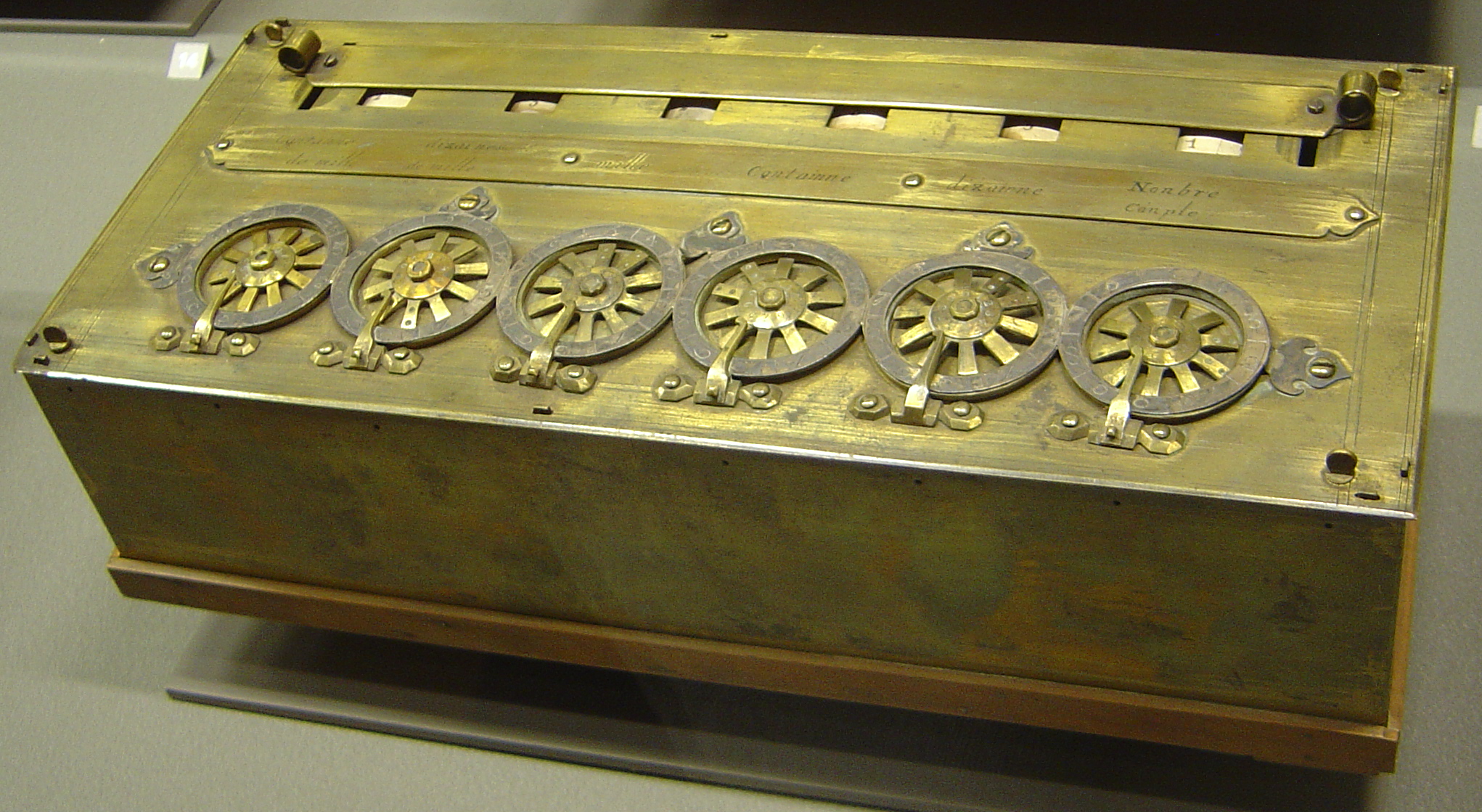
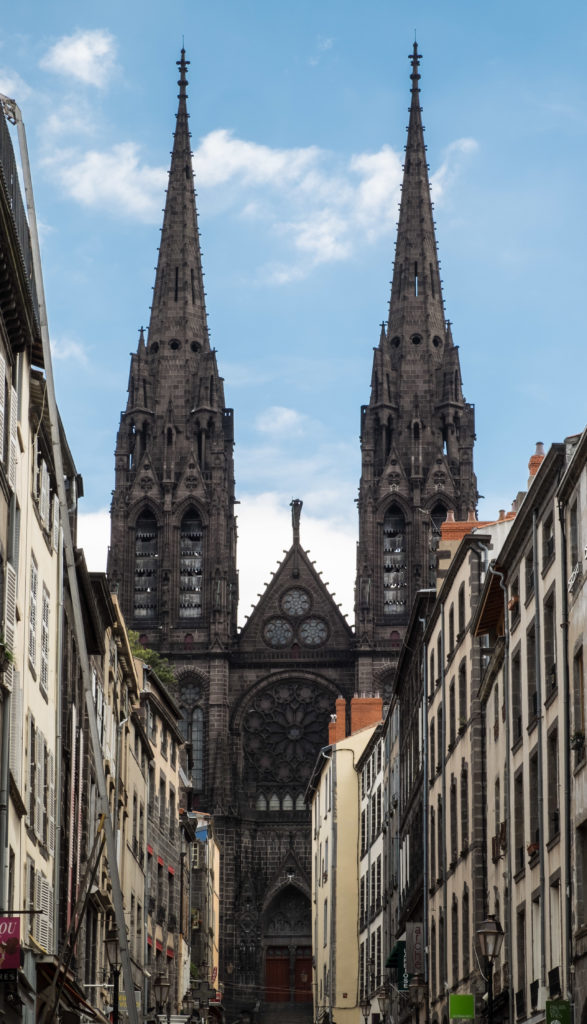
Pascal was born in Clermont-Ferrand in 1623, and although he moved away at an early age he considered himself a true Auvergnat, a child of the “deep heart of France”, and he came back several times during his life. He did his ground-breaking experiments on barometric pressure with his brother-in-law in Clermont-Ferrand in 1648 by comparing how tubes of mercury behaved in the city center and up at the summit of the Puy-de-Dome volcano.
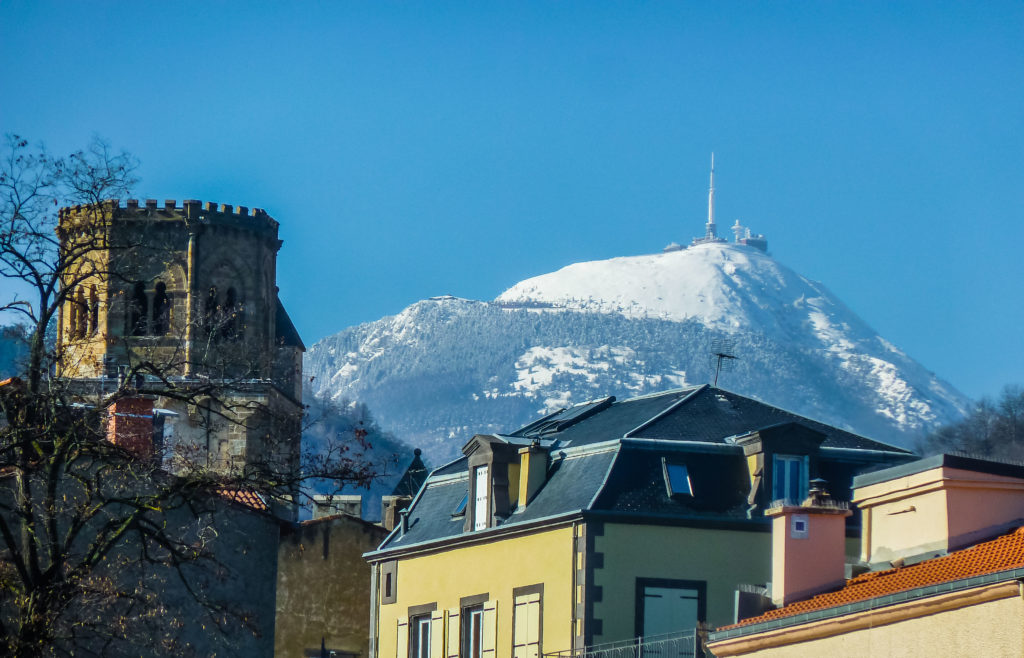
Despite the diversity of his interests in physical science, his real genius was in mathematics. He read Euclid’s Elements at age 12, got admitted to regular conversations with some of France’s leading geometricians at 14, and published an essay on conical sections at 16. His exchange of letters with Fermat in 1654 is considered by those more mathematically literate than I am to be one of the building blocks of modern probability theory.
But something remarkable happened late that same year when Pascal had an overwhelming religious vision – a vision that shook him loose from the Jesuit training he’d grown up with and led him down the more radical path of Jansenism . He began to write – and just as his work in math and science is still considered to be “foundational”, his work as a writer still puts him in the top ranks of French thinkers 350 years later.
To cite a couple of examples: Pascal’s Pensées is not even a “complete” work – it’s more a collection of fragments and short pieces published after he died – but it is still a passionate, brilliantly-written defense of the faith he came to feel so intensely. (I can’t do justice to it here – if you’re interested, you can find an English translation with an introduction by T.S. Eliot here .)
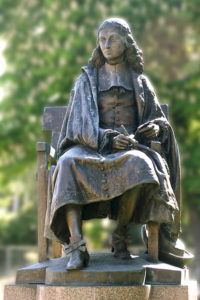
He’s also famous for the proposition that came to be known as “Pascal’s Wager”: “Granted that faith cannot be proved, what harm will come to you if you gamble on its truth and it proves false? If you gain, you gain all; if you lose, you lose nothing.”
There aren’t many traces of Pascal left in Clermont-Ferrand, other than the medallions with his name and face embedded in the cobblestones all around the centre ville. The medieval house in which he was born stood next to the famous “black cathedral” and was torn down in 1900 when the Place de la Victoire was cleared out to give a clearer view of the great church. (The front entry to the house was saved, though, and can still be seen in the Jardin le Coq park in downtown Clermont-Ferrand.) And you can see one of the few surviving examples of the “Pascaline” calculator in the Musée Henri-Lecoq.
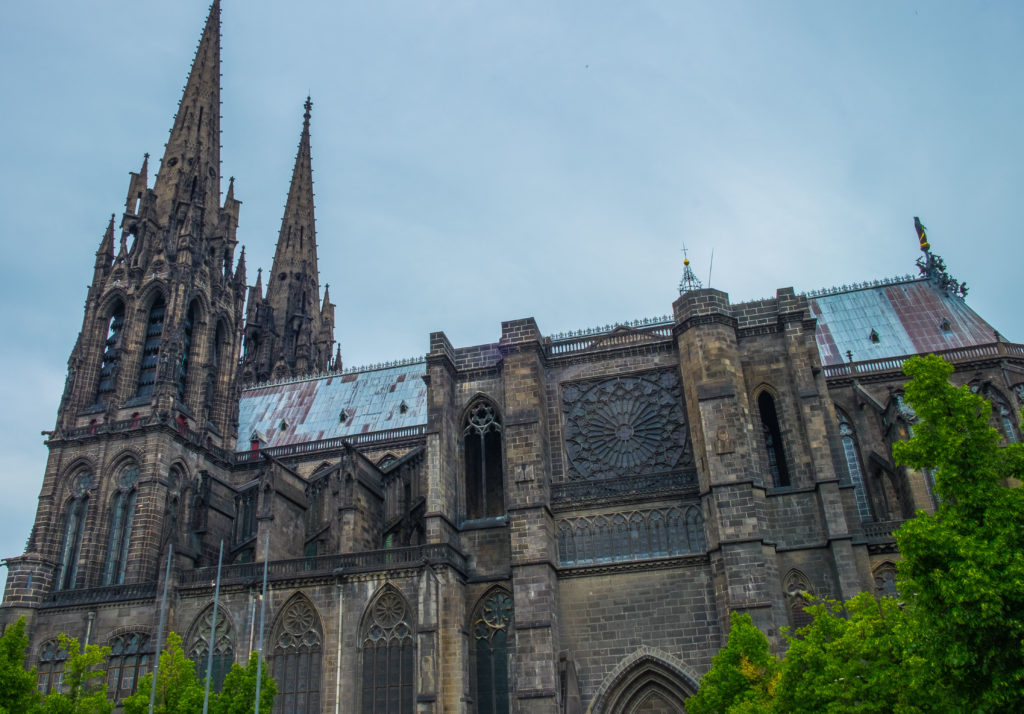
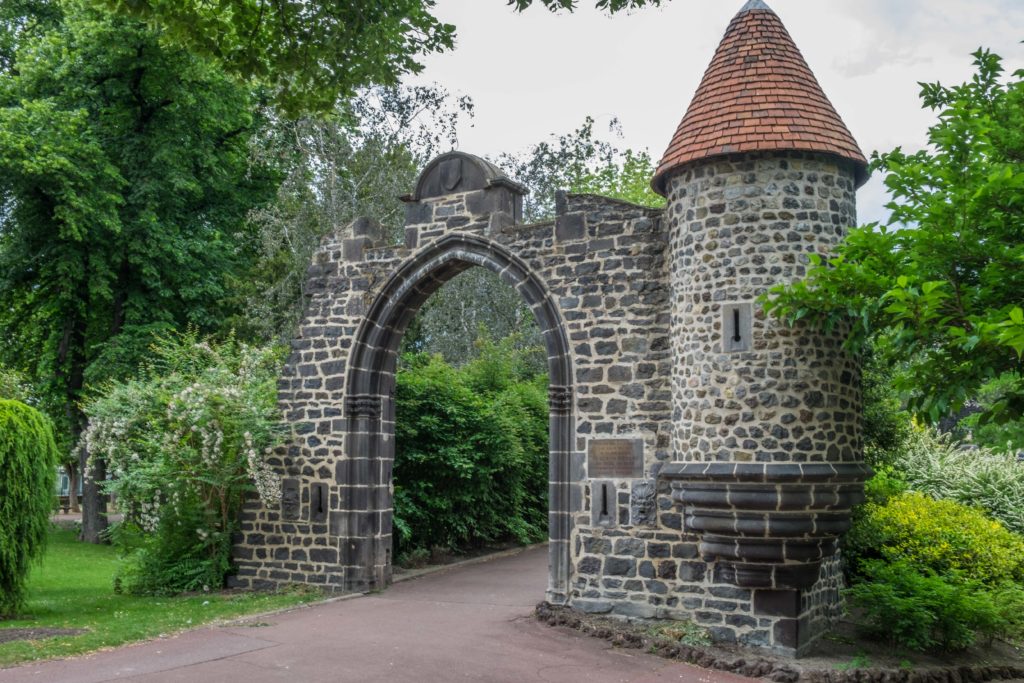
I’m frankly in awe of the intellect and energy that Pascal displayed in his short life. (He died, apparently of stomach cancer, at age 39 in 1662.) Like Mozart, produced a volume of work that would be dazzling in someone who lived to be 90. Like Andrew Pinsent (the Catholic priest who’s also a physicist working on the Large Electron-Positron Collider at CERN), he could reconcile scientific methods with a spiritual vision of the world. And like me (in this respect, although no other!) he came back frequently to the deep heart of France for inspiration and renewal.
Have you encountered Pascal in any of your professional pursuits? Can you think of anyone else who had such a broad vision of the world? Please join the conversation by adding to the comments section below. And please take a moment to share this post using one of the social-media buttons that follow.
